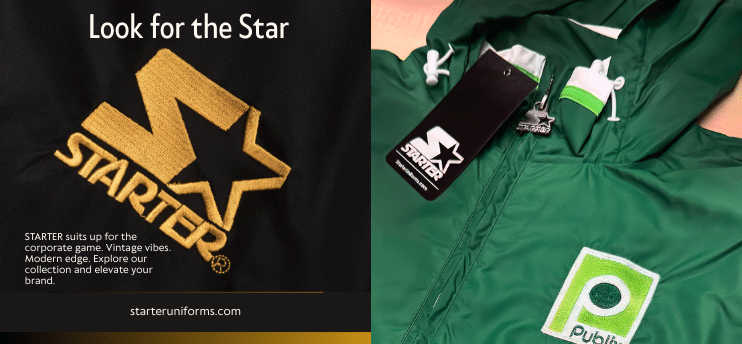As several U.S. states ramp up regulations governing extended producer responsibility for packaging, textiles and other products, the European Union has issued its own new rules for packaging.
On January 22, 2025, the EU published Regulation (EU) 2025/40, the Packaging and Packaging Waste Regulation, which replaces an earlier EPR regulation. The PPWR is part of the 27-member bloc’s ongoing efforts to promote a circular economy that generates minimal waste, and it will apply to all packaging placed on the EU market, whether made in the EU or imported. It includes a number of provisions that take effect at different times, starting in August 2026.
ICYMI: Packaging EPR: What Promo Firms Need To Know To Get Started
According to testing, inspection and certification provider SGS (PPAI 528060), this new regulation establishes rules covering the entire life cycle of packaging and harmonizes individual national measures to support more efficient functioning of the overall EU market. It also includes waste reduction measures and targets, along with provisions to reduce excessive packaging, improve recyclability, increase recycled content and phase out PFAS and other harmful substances.
- PPWR authorizes the European Commission (the EU’s governing body) to monitor the presence of substances of concern in packaging and report the findings by December 31, 2026. This report may trigger additional regulatory measures.
- The new law also stipulates that the EC must adopt recyclability standards by January 1, 2028, and establishes 2030 and 2040 targets for a minimum percentage of recycled content in packaging.
- More provisions and their effective dates can be found here.
In a separate action, the European Chemicals Agency (ECHA) has added five substances of concern to its Candidate List. The agency also revised one substance already on the list to reflect its endocrine disrupting properties for the environment.
- Companies are not allowed to use a substance on the Candidate List unless they apply for and receive authorization from the European Commission.
- Companies are obligated to communicate to consumers if any substance on the Candidate List is present in a product in a concentration of more than 0.1%.
- Under REACH requirements, companies must also notify the ECHA if a product contains a listed substance in a concentration of more than 0.1% and in a quantity greater than 1 metric ton (2,240 pounds) per producer or importer per year.
A full list of the substances added to the list is available here, but perhaps the most relevant to the promotional products industry is octamethyltrisiloxane, which the agency describes as “Very persistent, very bioaccumulative.” It is used in the manufacture or formulation of cosmetics, personal/health care products, pharmaceuticals, washing and cleaning products, coating and non-metal surface treatment and in sealants and adhesives.
Visit the PPAI Solutions Center for product testing and other resources to help navigate these and other regulations.


